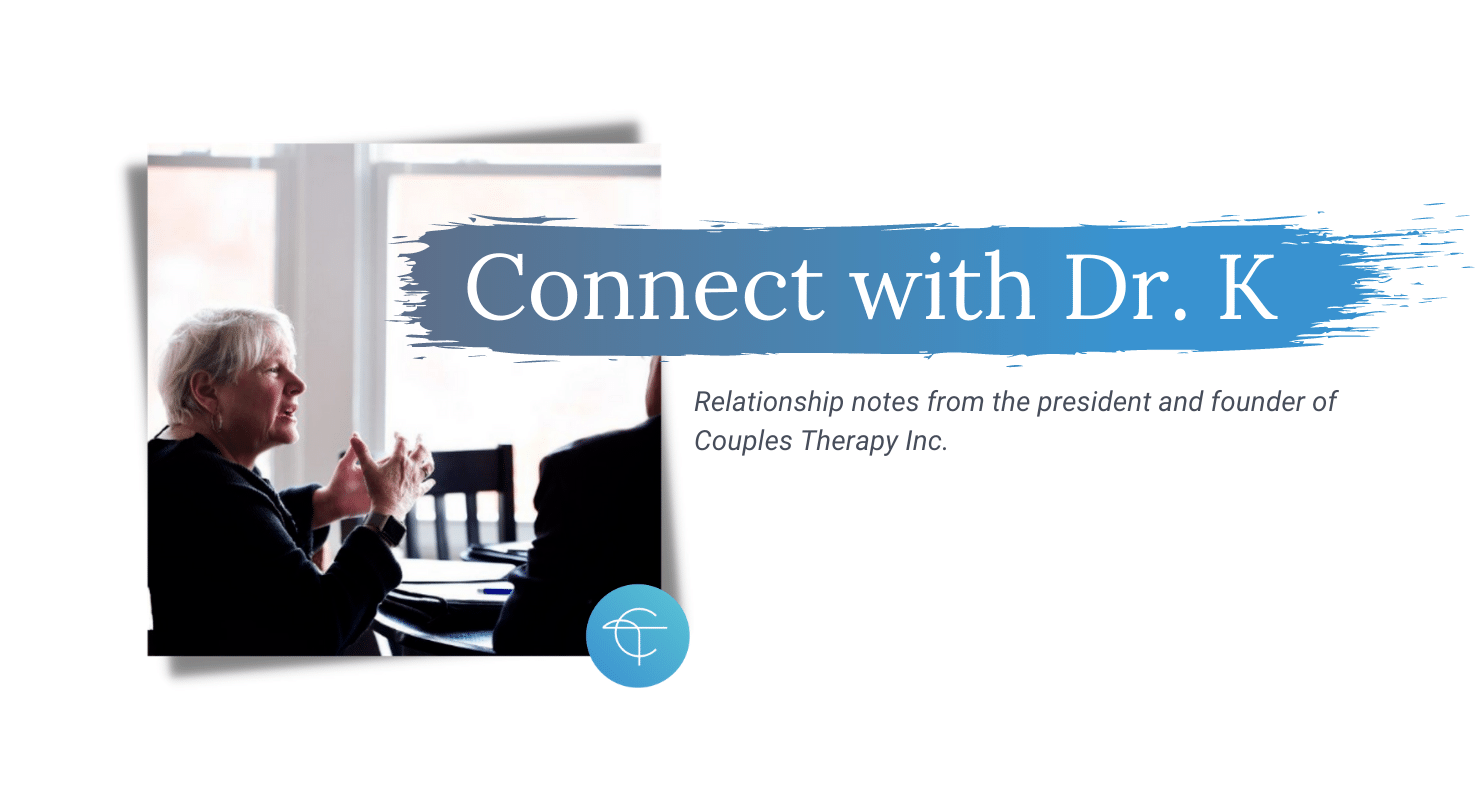There has been a lot of discussion about narcissism and covert (or vulnerable) narcissism on the web. And a lot of it is confusing, contradictory, and simply wrong.
Healthy vs pathological narcissism a continuum?
We all have narcissistic needs and motives. Having positive self-esteem is a positive feature. We even have an instrument that measures healthy narcissism: the Narcissistic Personality Inventory. You can take it here. But people with high self-esteem aren’t exploitative. They do demonstrate empathy, and concern for others. They have a realistic sense of their areas of skill and aren’t humiliated by their areas of weakness.
Boredom and restlessness are often destructive forces in the pathological narcissistic and slash potential, but these are easily handled by those with a healthy self-image. Neither do we see self-serving rule-breaking, narcissistic rage, or long periods of silence when they don’t get their way. In other words, a healthy narcissistic individual is capable of great love, ambitious goals, and strivings.
While self-reports are a popular way to measure narcissism, (even asking but a single-question self-report,) input from peers and spouses do count, as do a thorough clinical interview.
Researchers have muddied the waters by arguing that the problematic kinds of narcissism is simply a more extreme version of the healthy kind. However, elements of healthy narcissism aren’t seen in the pathological variety. Healthy narcissism supports adaptive functioning, achievement motivation, and ambition where the pathological variety is associated with significant impairment.
Overt vs covert narcissism
While there are many writers detailing the distinction between overt and covert narcissists, others persuasively argue that the distinction is simply about different modes of the expression of narcissistic grandiosity and narcissistic vulnerability. There are elements of both external actions (behavior, expressed attitudes, and emotions) and covert experiences (cognitions, private feelings, motives, needs). Those on the pathological level always exhibit both internal and external elements.
Researchers have painted a confusing picture when narcissistic individuals take these assessments in either one phase or another: expansive or deflated.
The main difference between the “overt” and “covert” narcissist mode has to do with the presentation of self to the larger world. Both may see themselves as special and deserving of great admiration or recognition, but may demonstrate different behaviors at different times. The “overt” narcissist is often seen as egotistical, conceited, dominant, inconsiderate, and arrogant, regardless of what they’ve actually achieved in their lives. They can be easy to dislike because they wear this “me first” attitude on their sleeve.
In contrast, the “covert” narcissist presents in a much more low-key way. While they believe they have unique characteristics and are worthy of praise, they are much less likely to act that way. However, they, too are looking for adoration and recognition but in a quieter way.
The overt narcissist is haughty, and while claiming that their partner is the exception, can be disdainful of others. (“You’re not like other people I’ve dated. They turned out to be such fools. They just wasted my time.”) Or the “covert” may mirror their partner, so “relieved” that they have found a perfect mate, without offensively insulting past partners.
But if the behavior varies, defective self-regulation leads to that grandiosity and vulnerable self-image and challenges in emotional regulation. And these are seen in the same individual. In every act of overt grandiosity, there is often an underlying state of covert vulnerability and for every act of overt vulnerability, there is likely a strong link to an underlying aspect of grandiosity.
This vulnerable and fluctuating sense of self-esteem can range from grandiosity and assertiveness to inferiority or insecurity. The behavior can vary from self-enhancing or self-serving interpersonal actions to intense reactions to perceived threats. These types of swings begin in early adulthood and are seen in a variety of contexts. We see:
- fluctuating and vulnerable self-esteem,
- fluctuating empathetic ability,
- overt and covert expressions of grandiosity and vulnerability, and
- a variety of other traits such as perfectionistic or passive-aggressive tendencies.
Gottman calls it “internal working models” of self and others. The extent to which these models can be impacted by others or changed determines their overall health and flexibility.
Diagnosing your spouse
I would caution anyone from self-diagnosing their spouse to determine whether or not couples therapy will be effective. One of the most frequent complaints we hear is: “My spouse is so selfish!” As I hope I’ve demonstrated, even researchers present a confusing picture of the narcissistic syndrome, in its overt and covert modes.
If both people have an honest interest in staying together and improving their relationship, it’s a worthy goal to complete an assessment and intensive round of couples therapy. Any presentation that: “There is nothing wrong with me. I’m just here for you to fix my unhappy spouse…” will be addressed in therapy.
Send us your questions about relationships, sex, intimacy, and couples therapy. If selected, we will post your question (and Dr. K's response) without identifying information. Simply fill out the form to contact us.Want your questions answered?



Its been forty years next March and time has come for a tune-up for both & individually. Ideally help identifying personality issues and concerns where only one of us does all the talking.